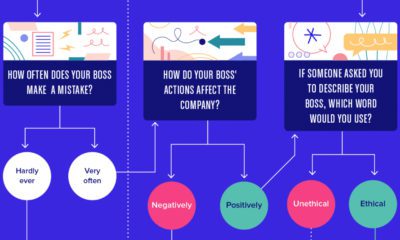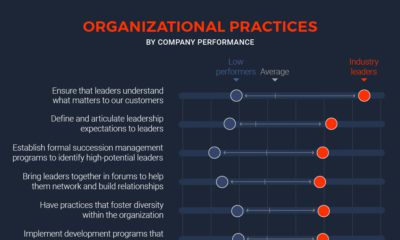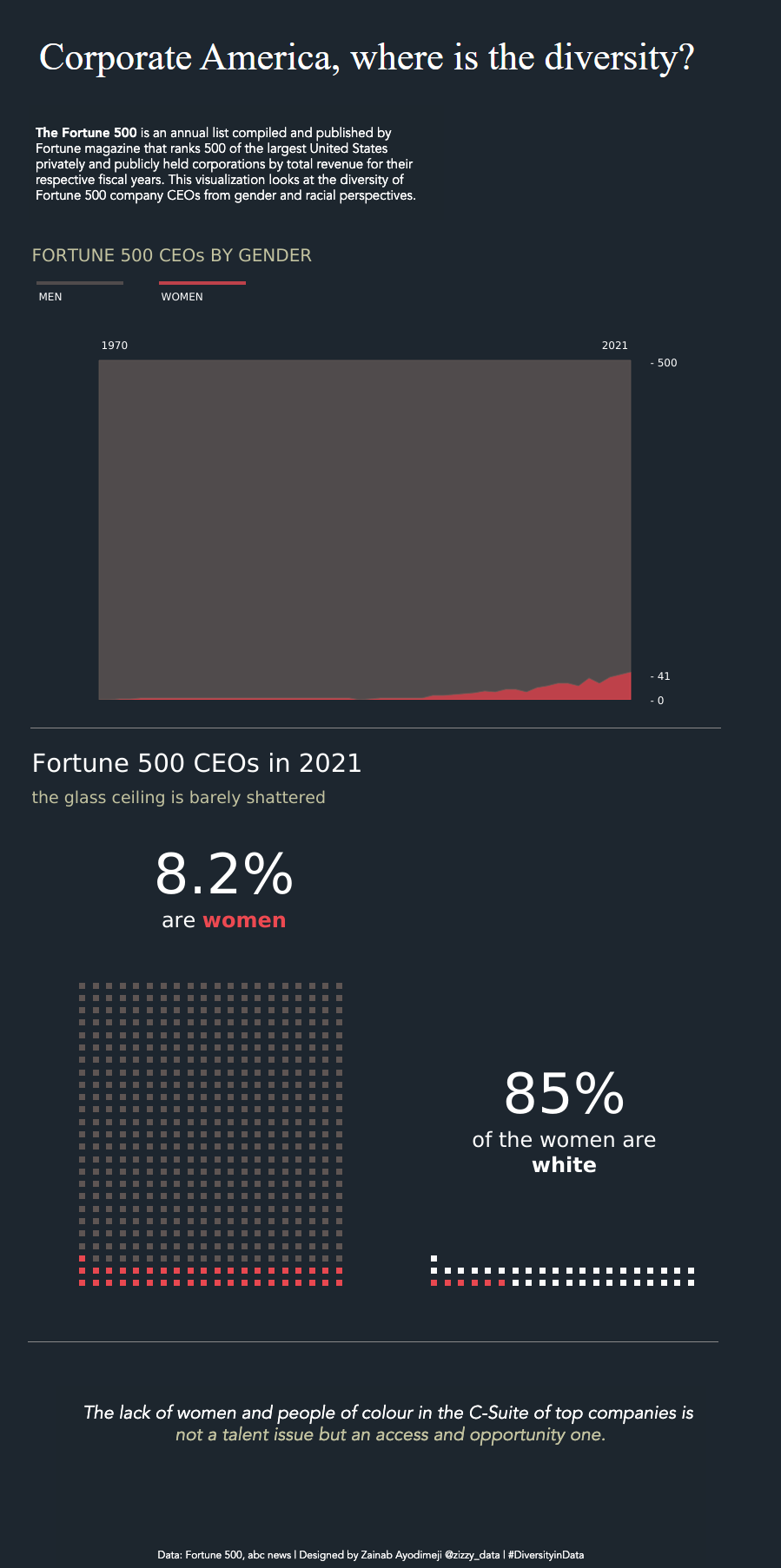Teams are more important now than ever before, but many of them are struggling to step up and drive high performance when it matters most.
Creating a Culture of Accountability
Today’s infographic from the bestselling author Dr. Vince Molinaro demonstrates how leaders can create an environment where truly accountable teams can flourish, and employees are inspired to do their best work.
Download Dr.Vince Molinaro’s How to Build an Accountable Team
Accountable Leaders Build Accountable Teams
Weak, mediocre teams demonstrate behaviors that can breed a toxic work environment, such as working in isolation or not demonstrating trust among other team members. In order to combat mediocre teams, leaders must create a culture of accountability in their organization where individuals can step up and be accountable. —The Discipline of Teams, Jon R. Katzenbach and Douglas K. Smith When teams take full responsibility for their actions, they manage most issues themselves rather than looking to leadership to solve problems. Overall, accountable teams demonstrate two critical dimensions: team clarity and team commitment.
1. Team Clarity
Accountable teams should have full clarity about the business they operate in by having the ability to:
Anticipate external trends both in and outside of their industry. Have clarity on the strategy and purpose of their organization. Understand the expectations of their stakeholders and the interdependencies that exist with other parts of the company. Know what needs to get done and how it needs to be done.
2. Team Commitment
Accountable teams also demonstrate a high degree of commitment needed to deliver results. They do so in the following ways:
Have a deep sense of commitment to driving success. Invest time in working across the organization. Work to make their team as strong as it can be. Show a deep commitment to one another.
As a leader, these two dimensions are invaluable as a way of thinking about driving mutual accountability and sustaining high performance for their organization over the long-term.
Accountable Teams Drive Extraordinary Performance
Leaders who invest in leveling up their team and promote a culture of accountability can experience transformational benefits, such as:
Everyone is clear and aligned on what needs to get done. Each team member is accountable, pulls their weight, and goes to great lengths to support one another. Everyone feels safe challenging one another and confronting issues head-on without fear. Team members leverage the unique capabilities of others. Everyone works hard but also manages to have fun and celebrate success.
These benefits translate to strong results within organizations. In fact, research shows that high- performing companies have more accountable teams compared to average or poorly performing companies.
The Whole is Greater Than the Sum of its Parts
Whether it’s an executive team, a departmental team, a cross-functional team, or even a team made up of external partners, organizations have become increasingly reliant on teams to achieve success and guide them through uncertainty. Given the importance of teams in today’s ever-changing world, it is clear we need to increase our efforts when it comes to building truly accountable teams. As a leader, you are being counted on to demonstrate accountability and create high-performing teams. Are you stepping up? on However, it appears corporate America still has a ways to go, particularly when it comes to diverse representation in corporate leadership roles. In 2021, only 8.2% of Fortune 500 CEOs were female. Of those females, 85% of them were white. This graphic by Zainab Ayodimeji highlights the current state of diversity in corporate America, reminding us that there are still significant gender and racial gaps.
Five Decades of Fortune 500 CEOs
Since 1955, Fortune Magazine has released its annual Fortune 500 list that ranks the 500 largest U.S. companies, ranked by total revenue earned each fiscal year. For the first 17 years of its publication, there were no female CEOs on the Fortune 500. Then in 1972, Katharine Graham became CEO of the Washington Post, making her the first-ever female CEO of a Fortune 500 company. Following Graham, a few other women joined the ranks, such as Marion Sandler, co-CEO of Golden West Financial Corporation, and Linda Wachner, CEO of Warnaco Group. But apart from those few outliers, Fortune 500 CEOs remained almost exclusively male for the next few decades. At the turn of the millennium, things started to change. Women-led companies started to appear more frequently on the Fortune 500. Here’s a breakdown that shows the number of women CEOs on the list, from 1999 to 2021: Slowly, women of color started to appear on the list as well. In 1999, Andrea Jung, the CEO of Avon, became the first East Asian female CEO in the Fortune 500. And in 2009, Xerox CEO Ursula Burns was the first Black woman to become CEO of a Fortune 500 company. By 2021, 41 of the Fortune 500 companies were led by women—8.2% of the overall list. While this increasing total is a clear trend, it’s important to note that women make up nearly 50% of the global population, meaning genders are still not equally represented in corporate leadership.
The Financial Benefits of Diverse Workplaces
Along with the number of societal and cultural benefits that come with a diverse workplace, research indicates that diversity can also be financially beneficial to corporations, and enhance a company’s bottom line. A study by the Council of Foreign Relations found that gender equality in the workforce could add up to $28 trillion in global GDP. According to the Council of Foreign Relations, a number of policy changes are needed to help close the gender gap in the workforce, such as legislation to promote women’s access to capital and financial services, or tax credits for childcare support.















